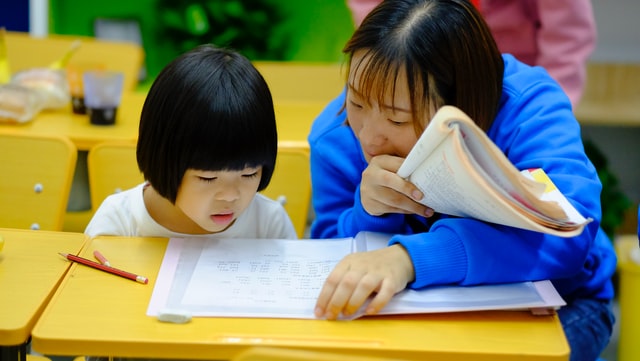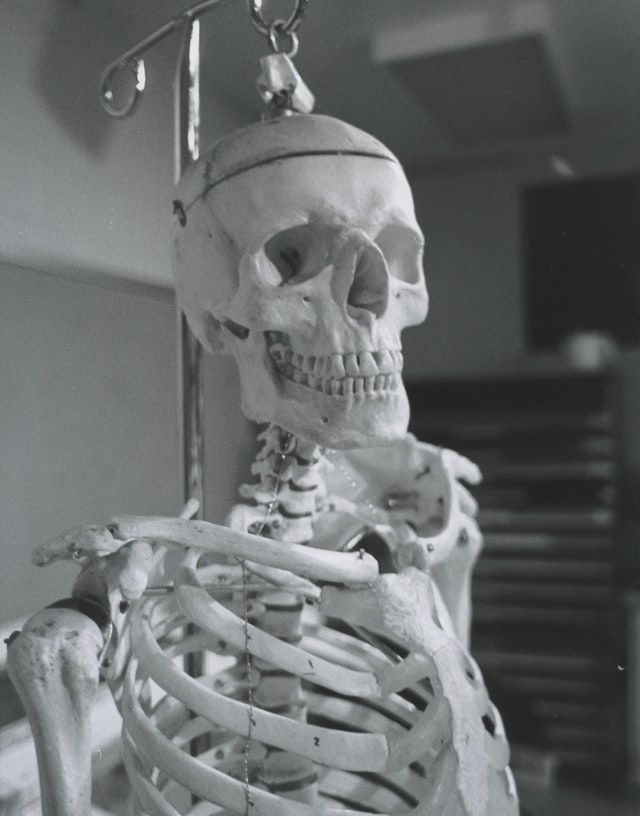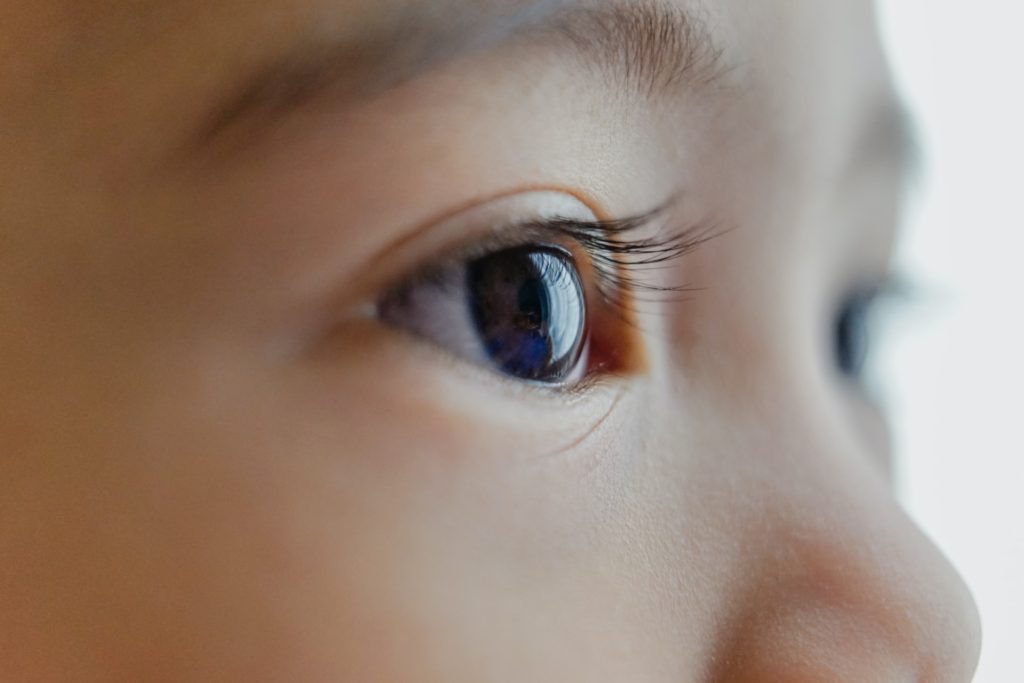Table of Contents
Should a doctor be able to seamlessly perform a procedure after just reading about it in their medical textbook? Most people would prefer their doctor to have practiced a procedure or at least observed it being performed before attempting it themselves for the first time. However, teachers don’t always afford this same chance to learn to their students who can also benefit from this visual learning.
Many teachers get frustrated when students seem to know the right answers when asked in class, but when put into practice, they seem to have forgotten everything they learned. New neuroscience research can help teachers understand why seeing something done is so important to being successful. Visual learning isn’t just a learning style of some, but a fundamental way the brain learns to understand and categorize information.
New Research on Visual Learning
Memory is a notoriously difficult human capacity to study as there is no one region responsible for memory, but instead a vast network of connections. A recent research study was conducted by the Max Planck Institute to determine to what extent the visual cortex, responsible for receiving and processing visual information, plays a role in this memory network. (Goltstein et al.)
Firstly, the researchers trained mice to recognize various striped image patterns. Once the mice had learned this skill, the researchers tested their abilities by having them categorize the patterns they had learned. After this first set of experiments was done and the first set of mice had completed their tests, a second set of mice was brought in. This time however, the mice could only use part of their visual field to learn the patterns while the other part of their vision was obscured.
After they had been trained to recognize the pattern, the scientists only allowed the mice to use the part of their visual field that had not been activated during training to see whether the visual cortex was simply passing on information to other parts of the brain that did the recognizing and categorizing or whether the visual cortex itself was crucial for memory.
The scientists did find that the mice had a harder time categorizing the patterns using only the untrained part of their vision. This highlights that direct visual stimulation is important for learning tasks and limiting visual exposure can lead to lower abilities to distinguish between image features as the researchers note by saying: “These results provide evidence for the view that associative memories form a brain-wide distributed network, with learning in early stages shaping perceptual representations and supporting semantic content downstream.” (Goltstein et al.)
How to Use Visual Learning in the Classroom

So what does this study mean for teachers in the classroom? This study should help teachers realize that visual information is crucial for learning and that simply reading about or listening to a lecture on a topic will limit a students ability to perform when dealing with a subject in the real world if they haven’t been familiarized with how it looks in the real world. These three clear teacher takeaways can be put into practice to help support students’ learning and grow their memory network.
1: Make sure students see how information is to be put into practice
While teachers do tend to give an example of projects they want completed, often these example papers or projects are not utilized to their fullest extent. Instead of just providing it for students to peruse when writing their own work, teachers should have specific teaching activities built around the examples provided.
Activities such as having students highlight instructions in various colors on the instruction sheet and then highlighting where in the example the instructions have been successfully implemented will help students see why model examples got the high grades they received. Rather than hoping students will recognize what makes these reports or papers exceptional, teachers should teach why they are so successful.
In addition, teachers don’t have to limit themselves to showing good examples either. Giving students a variety of completed projects and asking them to guess what grades each received and explain why will help them to understand what various grades “look like” and as they are doing their own work they can think back to the work they already explored.
2: Try to show information in as many varied ways as possible to maximize sensory activation of memory traces.
While students and teachers are often focused mostly on how information learned will be used for an upcoming test or project, teachers should ensure that they are not just preparing students for tests, but looking at how what they are learning will be used in a variety of contexts.

For example, a science teacher teaching about skeletal anatomy or types of joints could use a picture in a book, a physical model, as well as having the students find examples of the bone or joint type in their own bodies and do an exercise to exercise that joint. This will give them multiple different visual contexts of how the information can appear and will better prepare them for tasks beyond just filling in a blank for a test.
As a secondary example, a social studies teacher discussing World War II could use videos to show the reality of what they are learning about, but also see a different perspective by seeing the course of the war played out on a map to see the political realities created by what they have just seen. Being sure to show information in a variety of ways will help students avoid misconceptions and help them transfer their knowledge to multiple situations.
3: Make sure students get to practice the activity in the way they will be needing to do it in their futures.
While there are a vast number of ways to look at any subject from an academic point of view, teachers should also mindfully include examples of how information will be used in a practical sense for the vast majority of students. While a good English teacher might include a Shakespeare play and show various versions and have students act out scenes themselves, very few students will go on to be actors or literary critics in their futures. Teachers should include practical activities not only for the students who will go on to be experts in the subject, but also to students who will be experts in other areas.
Having students create their own projects using their own passions can help teachers reach a broader student base. Each student has a story, passions, and abilities of their own, and if teachers can set up fun activities where students can use their own individual interests to explore class concepts, they will be better remembered and also be in a context more familiar to the students and their personal interests in life. Having students blog about a topic they love or write a play about something in their lives will help bring new life to topics that some students may otherwise never explore. This will help them to see, not only visually, another way class learning can be used, but also help them to see why they are learning it in the first place.
Want more like this? Make Lab to Class a part of your weekly professional development schedule by subscribing to updates below.
References
Goltstein, Pieter M. et al. “Mouse Visual Cortex Areas Represent Perceptual And Semantic Features Of Learned Visual Categories”. Nature Neuroscience, vol 24, no. 10, 2021, pp. 1441-1451. Springer Science And Business Media LLC, doi:10.1038/s41593-021-00914-5.



